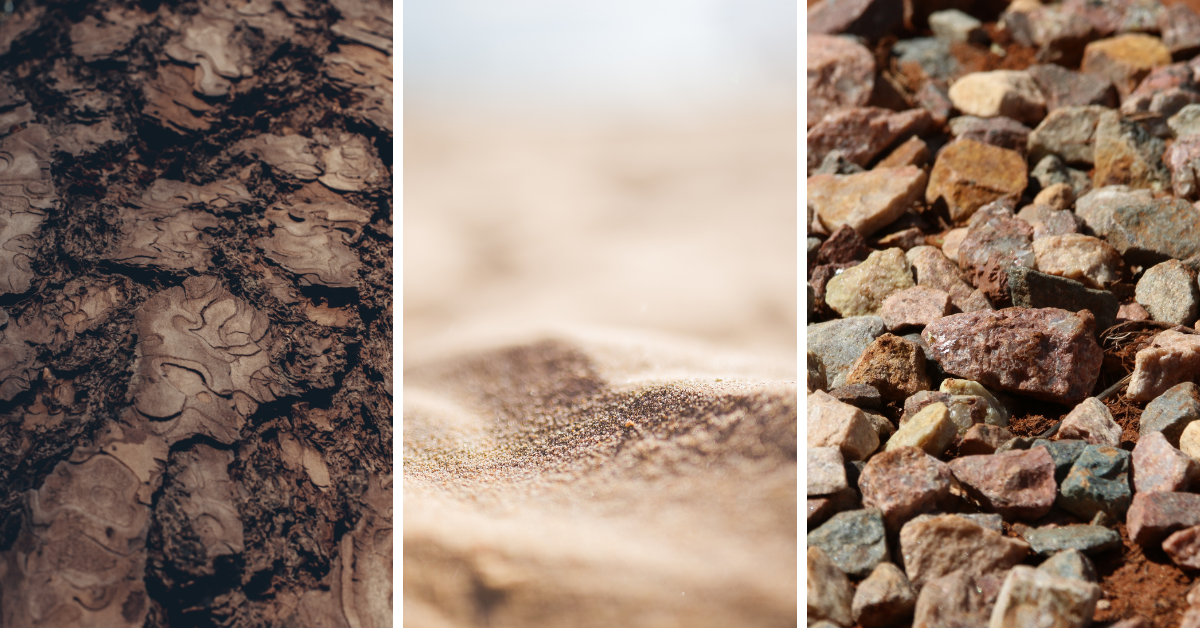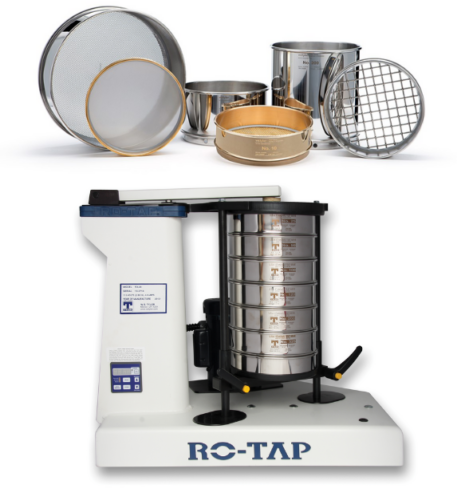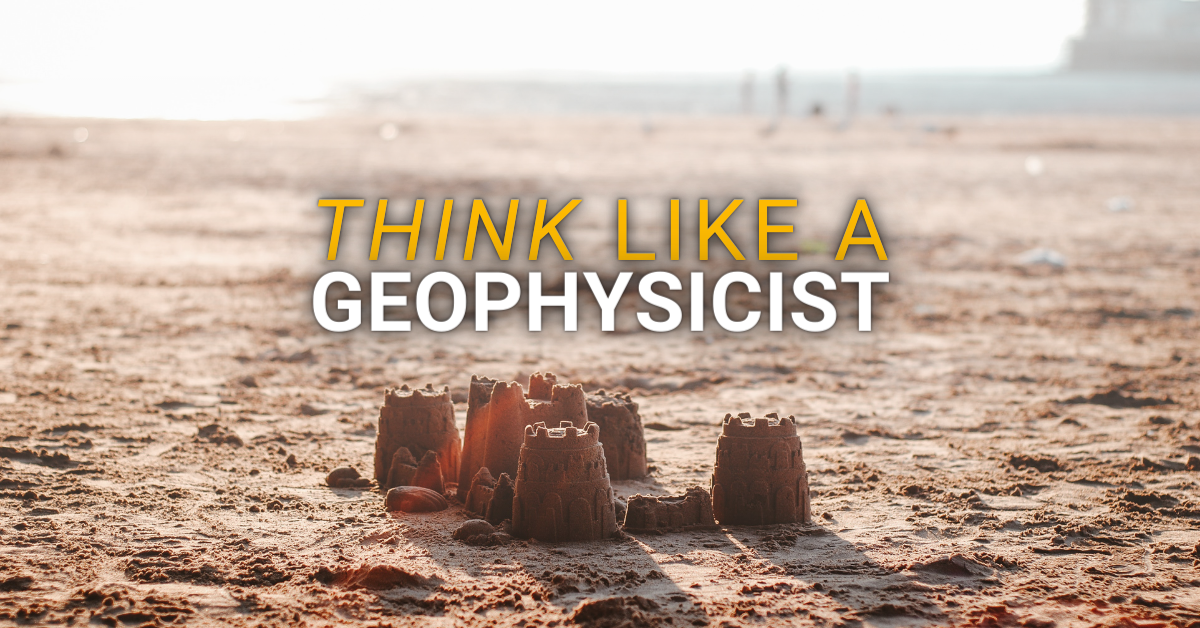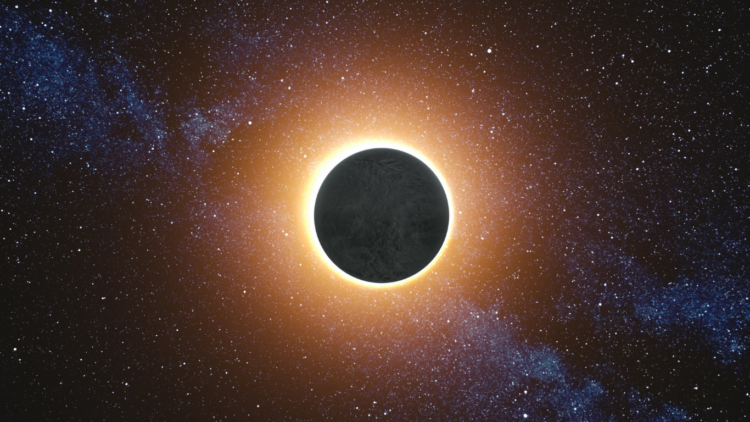It’s time to head to the beach to soak up some sun and make some sandcastles! But let’s think like a scientist too. Did you know that scientists who study sand are called arenologists? Sand isn’t just a pile of tiny rocks—sand is really important to scientists who study geology and oceanography because they can learn a lot about the earth and its oceans from sand. But for this activity, we’ll walk in the shoes of a geophysicist because building sandcastles is about geology and physics—geophysics!
Observe

A collage of mud, sand and gravel up close
Grab a handful of sand and take a close look! Observations can be broken down into three main categories: size, shape and where it’s from.
FUN FACT: Sand are particles between the size of 0.25 mm and 2 mm in diameter. Smaller particles are considered mud and larger particles are gravel!
Size

Are the sand grains in your hand all the same size? What about sand from different places? Arenologists usually observe the different sizes by shaking the sand through a set of sieves. Try your hand at it by using any sieves you might have at home and shaking a handful of sand through them! There’s a special set that scientists use called graduated geology sieves, which stack sieves with the largest mesh openings on top of sieves with smaller openings. When sand is shaken through, it’s separated into different layers with the larger particles on top and smaller particles on the bottom.
Shape
What shapes of sand grains do you see? You may see some rough, irregular grains. Others are may be more smooth or rounded. Draw some of the shapes you see!
Where does it come from?

There are two categories of where sand can come from: abiogenic and biogenic sand. Abiogenic sand comes from rocks breaking down, or eroding, into smaller pieces, and biogenic sand is made of the skeletons of plants and animals. But how can you tell if the sand is abiogenic or biogenic? A simple test you can do at home can give you the answer!
Drop some vinegar onto a pinch of sand particles. If you see bubbles, it’s a chemical reaction and the sand is biogenic!
Fun Fact: Do you know what makes fine white sand in the Caribbean? Parrotfish! They bite chunks of coral and grind them to eat the algae that grows within it. The coral then passes through their digestive system and leaves as fine white sand!
To figure out more specifically about where sand can come from, the texture and colour can tell you a lot!
Building Sand Castles
Now, we’re going to have to think like physicists here! How do you build sand castles? Do the grains of sand themselves affect how successful your sand castle will be? How do you make sure the sand sticks together and stays in the shape you want it to be? Usually, we add some water! But it’s always a fine balance between adding too much or too little water. What does water do to help the sand stick together? How much water is the perfect amount?
Research
Size
What does the size of the grains of sand tell us? Usually, the larger the sand, the steeper the beach. Waves on steep beaches can fling sand higher, which then are less likely to be rolled and broken into smaller pieces, something that happens on flatter beaches.
Shape
Rough, irregular grains are young compared to smooth and rounded ones. Waves, wind and rain make rough grains of sand become more rounded and polished as they rub against each other . Think of rolling smooth balls of playdough! Rounded grains tend to also be more worn and smaller than rough grains and live on beaches that get more wave action.
Where does it come from?
How come dropping some vinegar on grains of biogenic sand makes bubbles? That’s because skeletons are usually made up of calcium carbonate, which reacts to vinegar in a similar reaction with baking soda!
Building Sandcastles
Will the shapes and sizes of the sand affect your sandcastle? Well, it turns out the more angles the sand grains have, the better they can lock together. The smaller the grains, the better they hold water.
But how does water help with sandcastles? Water is made up of the molecule, H2O – two Hydrogen atoms and one Oxygen atom – which can act like tiny magnets (but not as strong)! Water molecules are attracted to each other because the Oxygen and the Hydrogen atoms are attracted to each other. This means the molecules will stick together as much as possible and in the case of sandcastles, act like little elastic bridges between the grains of sand. Voila, the sand sticks together to form a sandcastle!
But how much water is needed? If you have too much water, your sand will be too runny to stay in the shape you want. If you have too little water, all the sand will crumble. Let’s experiment to find out!
Experiment
Adapted from: https://www.indypl.org/blog/for-kids/science-experiment-surface-tension-sand-castles
What you’ll need
- 24 Dixie Cups
- Sand
- Water
- 25 same-sized coins
- 8 Large Plates
- Large Bowl
- Measuring Cups (1/8, 1/4, 1/3, 1/2)
Procedure
- Separate your sand by rough, irregular sand and smooth, polished sand. Alternatively, you can separate the sand by smaller grains and larger grains. Label 4 plates as “Rough sand” or “Small grains” and the other 4 plates as “Smooth sand” or “Large grains”
- Label 1/8 cup, 1/4 cup, 1/3 cup, and 1/2 cup on two plates each, one for “Rough sand” or “Small grains” and the other for “Smooth sand” or “Large grains”

- Mix 1 cup of one type of sand and 1/8 cup water in a bowl. Fill 3 Dixie cups with the mixture, flip them upside down on the plate with the appropriate label, and remove the cups to make a sandcastle. What do they look like? Stack coins on each castle until the castle collapses. How many coins does it take?
- Repeat this with 1/2 cup of each type of sand and with 1/4 cup, 1/3 cup, and 1/2 cup of water.
- Repeat the experiment three times for more information!
 Analyze
Analyze
What were the results of your experiment? Did one type of sand do better than another? How much water is the perfect amount?
According to some studies, the magic formula is to use one bucket of water for every eight buckets of dry sand. That is, the amount of water you’ll need is about 1/8 of the amount of sand you have!
Share
Sharing is an important part of the scientific process so that others can repeat the experiment and know the cool results! What do your sandcastles look like? Tag us in your photos @sci_rendezvous!
Fun Fact: Sand is also an interesting object to study for physicists because piles of sand act like liquid and solid in various ways!
Resources
Curious to learn more? Click these links!


 Analyze
Analyze 

































